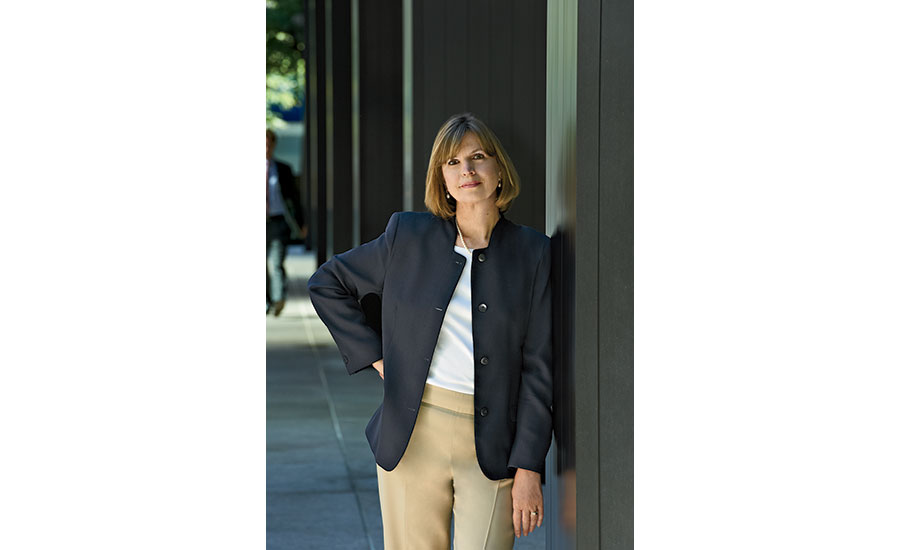The workplace is an ever-evolving design challenge. With continuous upgrades in technology, advances in telecommunications and rising costs of commercial real estate, space for individual employees keeps shrinking'whether for assistants or executives. The average allotment per office worker fell from 225 square feet in 2010 to 176 square feet in 2012, and these days can go as low as 60 square feet. High-walled individual cubicles have given way to smaller, open cubes, and to benching and the temporary, flexible desk space known as hoteling.
But these trends don't necessarily mean that more people only work remotely'collaboration is the buzzword across many industries'and that means face time, as architects of offices know. For brainstorming or serendipitous encounters, they have been designing more conference rooms, breakout spaces, huddle areas, kitchens and snack bars, lounge seating, and stadium-style stairs.
Silicon Valley has been an influential leader in the recent move toward open-plan offices that foster collaboration. And tech companies were pioneers in creating all the amenities (free meals! on-premises dry cleaners!) that keep employees at the office nearly 24/7. In this issue, we're bringing you an up-close look at the gigantic new Facebook headquarters in Menlo Park, California, designed by Frank Gehry'a 1,500-foot-long, 433,000-square-foot structure with a huge roof garden and vast open-plan office space.
When Facebook founder and CEO Mark Zuckerberg visited Gehry's office early in the design process, the architect asked what kind of space he was looking for. Zuckerberg threw his hands in the air and said, 'I want this!' Gehry's simple open office with lofty ceilings, in a converted warehouse near Los Angeles, inspired the Facebook design'though the tech company's enormous size, of course, meant the space had to be cleverly broken up, so it wouldn't 'feel like an automobile factory,' as project designer Craig Webb put it.
Architects have long thrived in open-plan offices, often adapting space in structures originally built for other purposes. We take a look at some extraordinary conversions for architectural offices, including a former warehouse for repairing naval gunboats in Copenhagen and a deconsecrated 16th-century church in Milan.
The next frontier for architects designing open office space today is dealing with ambient noise. Acousticians have tended to treat this problem in the past by masking it with white noise or, more recently, pink noise.
The current understanding is that what is especially distracting for workers is being able to clearly hear others' conversations. (For those speaking, the problem is lack of privacy. In a recent New York Times article about open-plan offices, an architect complained that everyone who sat near him had learned he was having a colonoscopy.)
The newest acoustical technology includes advanced systems of microphones and speakers that pick up a conversation but scramble the sound, so that someone a few feet away cannot 'hear' it when it is emitted through speakers embedded in the space. According to Todd DeGarmo, CEO of STUDIOS Architecture, such systems mean that a group could hold a video teleconference in an open space without disturbing someone 8 to 10 feet away. This could reduce the need for all those enclosed conference rooms, yet such systems are so sensitive they could affect architecture in other ways, too. For example, a curtain wall would have to be designed to almost completely block street noise.
Meanwhile, ARCHITECTURAL RECORD is moving to new office space soon, so the editors will be able to test some of these ideas. On July 1, the magazine and its sister publications, Engineering News Record and SNAP, were acquired by BNP Media, a family-owned company founded in 1926, with headquarters in Troy, Michigan. The editorial staffs will still be based here in New York City. We plan on bringing you the best in architectural projects, trends, and news, through our print and digital platforms, as we always have, under the stewardship of RECORD's new owners.



Post a comment to this article
Report Abusive Comment